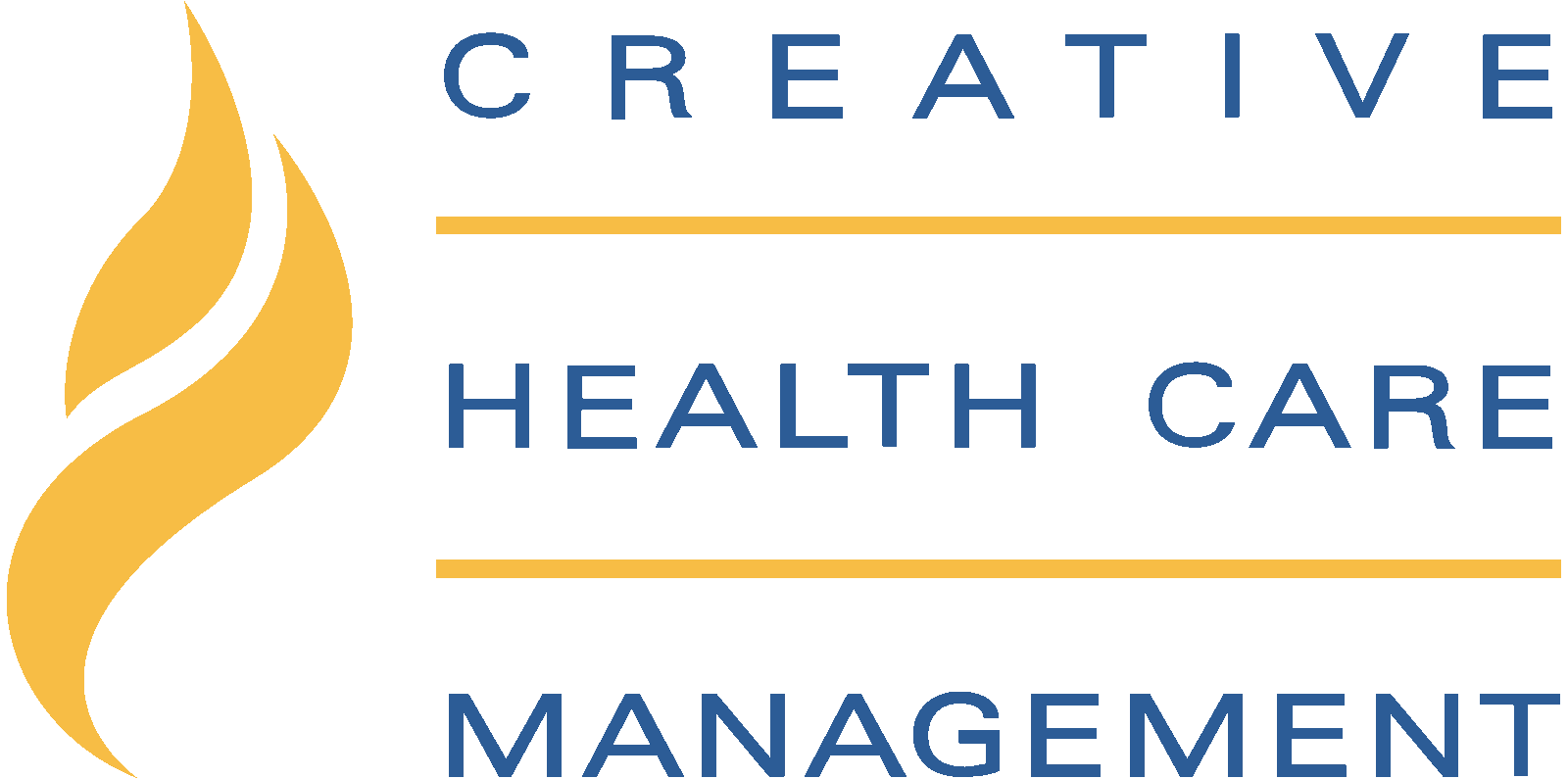Human connection in healthcare is fundamental to delivering compassionate, effective, and patient-centered care. It involves recognizing the humanity in each patient, understanding their unique experiences and emotions, and building therapeutic relationships. In an environment often dominated by technology, routines, and efficiency, prioritizing human connection ensures that a real human connection remains holistic and tailored to individual needs. These genuine connections not only enhance the quality of healthcare, mental health, and social connections, but also improves patient outcomes, satisfaction, and overall wellbeing. By focusing on human connections, healthcare professionals can navigate the complexities of modern medicine while maintaining the essence of what it means to truly work on building connections when caring for a patient facing physical health challenges or mental health vulnerabilities.

Understanding the Non-Ordinary State
Being sick puts a patient into a non-ordinary state. Being in a non-ordinary state heightens a person’s need for human connection. When we feel lonely and helpless, we may be reminded of how we are social creatures that need others around us. When a patient is recovering or living with illness, social isolation can cause chronic loneliness. Illness may bring out an unknown human nature —being prone to anger, for example.
Be Nice and Stop Whining
For most of us, it’s not difficult to accept vulnerability in children, nor any of the behaviors that arise from it, including crying, raging, making rash decisions, or being discourteous. It may, however, be more of a stretch for us to foster human connection and accept the same behavior in ourselves or in other adults, even when the behavior arises from the same feelings of dependency, fear, extreme vulnerability, or need. An adult who is this vulnerable— this out of tune with their ordinary way of being—looks strange to us. We want to correct the behavior and bark: “Be nice! Stop whining!”
When an adult makes their fear or vulnerability known, we may respond with astonishment, irritability, a loss of creativity about available practical actions, and (let’s face it) a reduction in empathy. At a moment when a real connection matters most in caregiving, it may be least available to the patient and most elusive to the caregiver.
No Social Connection
The person lying in the bed in a non-ordinary state, with no social connection or social interactions, scared to death about their upcoming surgery, ashamed of being so afraid, suddenly feeling as if they has no control over their life or their body, may rage at the nurse who fails to arrive in the room quickly enough. That they need gentle soothing would be entirely obvious to us if they were a baby, and we would know just what to do. But they’re a grownup. Why doesn’t they just pull themself together?
It’s because non-ordinary states make us behave in non-ordinary ways. If we are able to understand the non-ordinary state of a patient, we become less likely to take personally the patient’s non-ordinary behavior. And if we tune out the “noise” in each complaint, we may be able to tune in to their wellbeing and what is really going on: She’s worried that her insurance won’t cover the procedure she needs. He’s frightened of needing additional heart surgeries due to his heart disease. She doesn’t know how she’s going to deal with the world socially after this procedure. They are afraid of the pain. If in the moment we can’t fully understand the non-ordinary state of a patient, we can at least take a spare moment and listen for a quiet voice from somewhere, that will help us know what is going on in front of us.

Learning from Paul Kalanithi
Paul Kalanithi was a chief resident in neurological surgery at Stanford University when he was diagnosed with lung cancer. He had never smoked, loved the outdoors, and was physically active until unexplained weight loss and severe back pain caused him to see a doctor. CT scan results revealed multiple tumors. Nothing would be the same from that moment on. Kalanithi wrote, “It occurred to me that my relationship with statistics changed as soon as I became one.”
In his posthumously published memoir, When Breath Becomes Air, he spoke of instantaneously traversing the geography from physician to patient. From this new vantage point, he thought about how he interacted with his patients before becoming a patient himself. He practiced medicine full throttle, distracted and disconnected. “I had pushed discharge over patient worries, ignored patients’ pain when other demands pressed. The people whose suffering I saw, noted, and neatly packaged into various diagnoses—the significance of which I failed to recognize—all returned, vengeful, angry, and inexorable” (Kalanithi, 2016, p. 85). Now he was living inside of suffering, vengefulness, and anger. It was a free-fall, away from the life he imagined and into a life that was foreign and uncertain.
Kalanithi articulated for us the experience of being thrust into a non-ordinary state. It changed everything: destabilizing perspective, emotions, and basic coping mechanisms and creating a whole new set of unwanted physical dependencies. In this non-ordinary state, what Kalanithi sought from healthcare professionals was not simply scientific knowledge but an affirmation that he the person mattered—that his life mattered.
Being able to understand that the patient is a person in a non-ordinary state is the first step toward responding with empathy and practical action. We begin to access a therapeutic consciousness. We remember that this non-ordinary state is a normal human response to illness. We recall that it is characterized by anxiety, fear, powerlessness, grief, loss, pain, and difficulty coping. Then we are free to be fully present to someone

The Call for a Non-Ordinary Response
For the nurse who is attuned to the non-ordinary state of patients and their families and has been trained on forming social connections in the healthcare setting, a deeper connection with oneself will have a positive effect on the well being of a patient. Responses can seem natural and obvious. Maintaining the social connection by recognizing distress among grieving family members and responding by frequently checking in, using gentle touch, offering water, following through on promises, and safeguarding privacy is very meaningful. They see the suffering individuals in front of them, with the routines of care merely serving as a backdrop to the persons needing attention. This nurse, and others like her, practice with an ethic of caring (Bergum & Dossetor, 2005; Charon, 2008; Gilligan, 1998; Noddings, 2003).
Ethic of Caring
An ethic of caring is based on the universal truth that we are all part of an interconnected human community. All human experience has connections and moments of vulnerability and suffering. This ethic is founded on the premise that healthcare professionals have a moral commitment to “protect and preserve human dignity and to never reduce a person to the status of object” (Koloroutis & Thorstenson, 1999). It is embedded in professional codes of ethics, advocating for the protection of human dignity, focusing on the individual receiving care, and promoting the health and safety of those in their care (American Medical Association [AMA], 2016; American Nurses Association [ANA], 2015; American Occupational Therapy Association [AOTA], 2015). An ethic of caring compels clinicians to remember that they are never just treating a physical body.
Relationship-Based Cultures and Human Connection
In relationship-based cultures, compassionate care is nurtured, actively promoted, and expected. Leaders model caring interactions and social connections in a community of healers where all team members are acknowledged, supported, and valued for their contributions to human well-being. Clinicians are encouraged to develop and enhance the knowledge, skills, and mindsets that facilitate therapeutic connections with those they serve. The ethical mandate for humane and compassionate care is reinforced through a clearly defined mission and ongoing reflection and inquiry.

Attunement is the Doorway to Human Connection
Because of the fast pace and the need for some degree of routinization in every health care environment, systemic mis-attunement will be the default of every institution unless the people within that institution become “students of attunement.” Attunement is the only tool that can dependably prevent care from seeming routine to patients and families because it is the only tool that prevents care from being routine. This has obvious implications in one-to-one relationships, of course, but the implications it has across whole organizational cultures are equally significant, though less visible unless consciously sought out.
Systemic Mis-attunement
We realize that the term systemic mis-attunement may be new to you. To better understand it, imagine a clinician who is not very tuned in to the people they serve. Imagine a team that functions without adequate communication and without accountability to one another. Imagine an organization in which processes and systems are designed for the efficient processing of large numbers of patients and in which clinicians are treated as interchangeable parts. You now have a portrait of systemic mis-attunement. If even one of these factors is in play, patients may experience the whole system as mis-attuned.
An Attuned System
Now imagine clinicians who are in tune with their authentic selves and highly attuned to the people they serve. Imagine a team of clinicians who communicate well and are highly accountable to one another. Imagine an organization in which processes and structures are designed to maximize the patient’s experience of feeling held in the care of a cohesive team. See a system in which attuned relationships and intimate connection is built, coordination of care is clear and effective, and patients have an active say in decision making. This means that the patient will be treated like a person who matters and is central to the provision of care. This is a portrait of an attuned system.
Quality and patient satisfaction research shows that the difference in a patient’s experience of care in a mis-attuned system versus an attuned system shows up in patient experience scores. This importance can mean the difference between a patient who gets better and a patient who does not (Berwick, Nolan, & Whittington, 2008; Dempsey, 2014; Reid et al., 2010; Riess, 2015).
Attuning to human beings means moving into a physical, mental, and emotional position to be able to catch on to a person’s state of mind and heart. To attune to someone means to connect with empathy. In a clinical setting, attuning suggests a level of connection (even if temporary) that opens the door for the patient to resonate with the clinician and the clinician to resonate with the patient. In short, therapeutic connection does not happen without attunement.

Attunement Leads to Better Quality and Safety
The benefits of attunement for clinicians, teams, patients, and their families are immeasurable. Attunement involves feeling human connections; it is both a way of being and doing. It means focusing on another person with openness and acceptance (Koloroutis & Trout, 2012). When clinicians are attuned to their patients, the patients feel truly seen and emotionally safe. This connection leads to better quality and safer outcomes, as it opens the door to therapeutic relationships that improve the accuracy of assessment, diagnosis, treatment, and overall efficacy (Doyle, Lennox, & Bell, 2013; Lown, Rosen, & Marttila, 2011; Riess, 2015).
Guiding Principles
There are guiding principles for providing safer, higher-quality care that all clinicians know but may sometimes overlook in fast-paced environments. For instance, our ability to accurately diagnose and assess conditions improves significantly when we genuinely know the patient. Diseases and conditions never exist in isolation from the person experiencing them. To fully understand the person, we must engage with them. When we neglect this engagement—when attunement is not prioritized during diagnosis and assessment—we are more likely to make mistakes. In other words, if we don’t truly look, we don’t truly see.
No prudent clinician would recommend a treatment without thoroughly understanding the patient’s history and symptoms. This line of questioning is not routine or innocuous; it signifies, “These symptoms are happening to a person. I need to know that person because I can’t help unless I do.” Asking questions earnestly creates a connection between the patient and clinician, making the clinician someone dependable and the patient someone memorable.
Another crucial principle is that the patient is safer when we make the human connection necessary to understand their overall situation. While we all claim to adhere to safety standards in healthcare, true safety depends on factors that may be out of our control unless we take specific actions. If a patient does not fully disclose information about their condition, symptoms, or adherence to treatment, which they may withhold if we are not fully engaged, then we have failed to protect their safety. Blaming the patient for this omission is futile. It is our failure to connect, to look up, to listen, and to inquire thoroughly.
A review of evidence from 55 studies by Doyle et al. (2013) found a strong link between patient safety and highly attuned clinicians. In a survey on hospital safety, fewer medical errors were reported by patients who felt listened to and respected by their physicians and nurses (“How Not to Get Sick(er) in the Hospital,” 2015). This suggests that feeling listened to and respected results from caregiver empathy, curiosity, scientific persistence, and attunement. Outcome measures are now shifting to include quality, safety, satisfaction, and cost of care.
When there is a therapeutic connection between patient and caregiver, the patient’s confidence in the caregiver rises, anxiety decreases, adherence to medical advice increases, and the patient feels seen, heard, and known. This sense of focus creates a cooperative relationship rather than resistance, contributing significantly to patient safety both in the healthcare facility and beyond (Doyle et al., 2013).
Finally, the efficacy of care increases when it is delivered with empathy and mutual trust. Empathy has proven effective as part of healthcare interventions. For example, patients with new onset of the common cold who rated their caregivers as empathetic experienced reduced severity and duration of their colds (Rakel et al., 2011). Similarly, research on 21,000 diabetes patients found that those whose physicians were rated highly for empathy had fewer acute metabolic complications (Del Canale et al., 2012).
In Closing
Healthcare works better in an atmosphere of shared trust, purpose, and mutual respect. It may seem obvious, but it’s crucial to acknowledge that the relationship with the patient is integral to their medical care. Attunement and empathy are not mere niceties; they are core requirements for improving patient outcomes, enhancing departmental or clinic efficiency, and increasing the efficacy of the entire healthcare system.
Firstline caregivers understand more about this issue than almost anyone else: patients get better, stay better, and look after themselves better when someone connects with them. The potential for healing lies in the hands, eyes, and voices of every attuned caregiver.
Therefore, we should prioritize the therapeutic application of attunement—first as individuals, then as teams, and ultimately as organizations. Our technical expertise is a great gift to both ourselves and our patients. Our relational expertise—our ability and determination to attune to another—is equally a gift, benefiting both our patients and ourselves.
FAQ’s
How does human connection in healthcare lead to success?
Human connection in healthcare is fundamental to delivering compassionate, effective, and patient-centered care. This connection leads to better quality and safer outcomes, as it opens the door to therapeutic relationships that improve the accuracy of assessment, diagnosis, treatment, and overall efficacy.
Since attunement improves clinical quality, is it an ethical imperative?
We have established that the therapeutic practice of attunement is the gateway to human connection. Attunement is a tool that, like any other, can be learned by every clinician and healthcare worker with direct patient contact. This means that human connection in healthcare, also known as a therapeutic connection, is not dependent on the personality traits of the provider. Instead, attunement is a teachable skill that promotes both personal and professional meaning and enhances patient wellbeing (Koloroutis & Trout, 2012; Kopp, 2013).
Can we afford to neglect the Therapeutic Connection?
No. Therapeutic connection is necessary for optimal healthcare and failing to implement it raises ethical questions.


